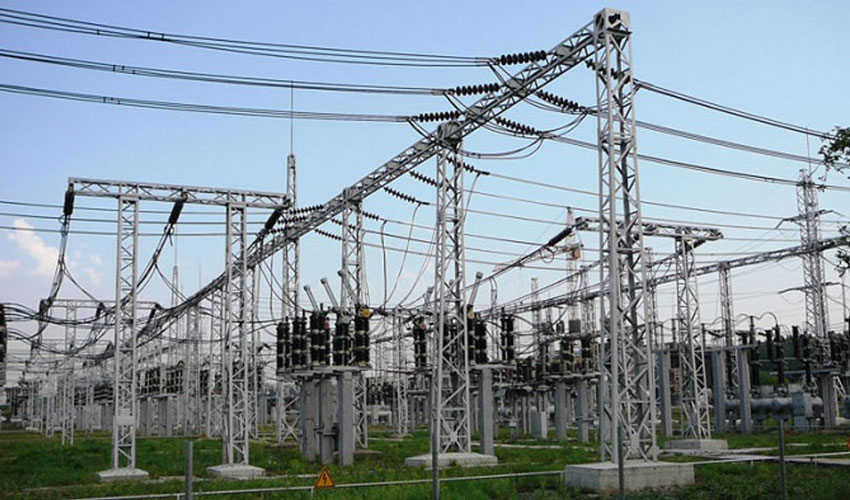
The relevant draft government decree has been published for public discussion.
As an alternative, electricity consumers will be able to apply a formula for determining the individual capacity ceiling in case of higher electricity consumption, which can be found on the website of the Ministry of Energy.
It is also proposed to include wind farms in the “net billing” mechanism, and the 100 MW quota will no longer be distributed between types of requestors.
The net billing mechanism was introduced on January 1, 2024. It replaced net metering, which had achieved its original objectives of promoting the use of energy from renewable sources by covering its own consumption.
The impetus for the change also came from the fact that the previous mechanism was being misapplied by some consumers. They began installing capacity in excess of their consumption needs, turning the mechanism into a commercial mechanism, hoping to sell the surplus and make a profit. At the same time, they benefited from cross-subsidization by using the grid as a “storage facility” for free: during the warm season they gave excess energy to the grid, and during the cold season they used it for free.
At the same time, the excessive capacity of power plants for some consumers reduced the possibility for others to benefit from net metering and, consequently, to cover their own energy consumption.
To discourage excessive PV capacity, net metering provided for an individual ceiling for each consumer, the stability of which was based on the average consumption over the last three years. After one year of application of the calculation formula, the average installed PV capacity of net billing beneficiaries decreased compared to the average installed capacity of net metering beneficiaries by 42% for individuals and 12% for legal entities.
“Under the proposed changes, beneficiaries of the net billing mechanism will be able to receive connection notification without capacity quota restrictions, which can incentivize the development of renewable energy projects for both domestic consumers, institutions and the private sector. The beneficiaries are households, budget institutions as well as small businesses,” said Caroline Novak, state secretary of the Ministry of Energy, in a statement.
According to the press release of the Ministry of Energy, the total installed capacity of prosumers (through the net metering mechanism until 2024 and the net billing program from 2024) is about 150 MW, which is equivalent to 25% of the total renewable energy production capacity in the Republic of Moldova.













